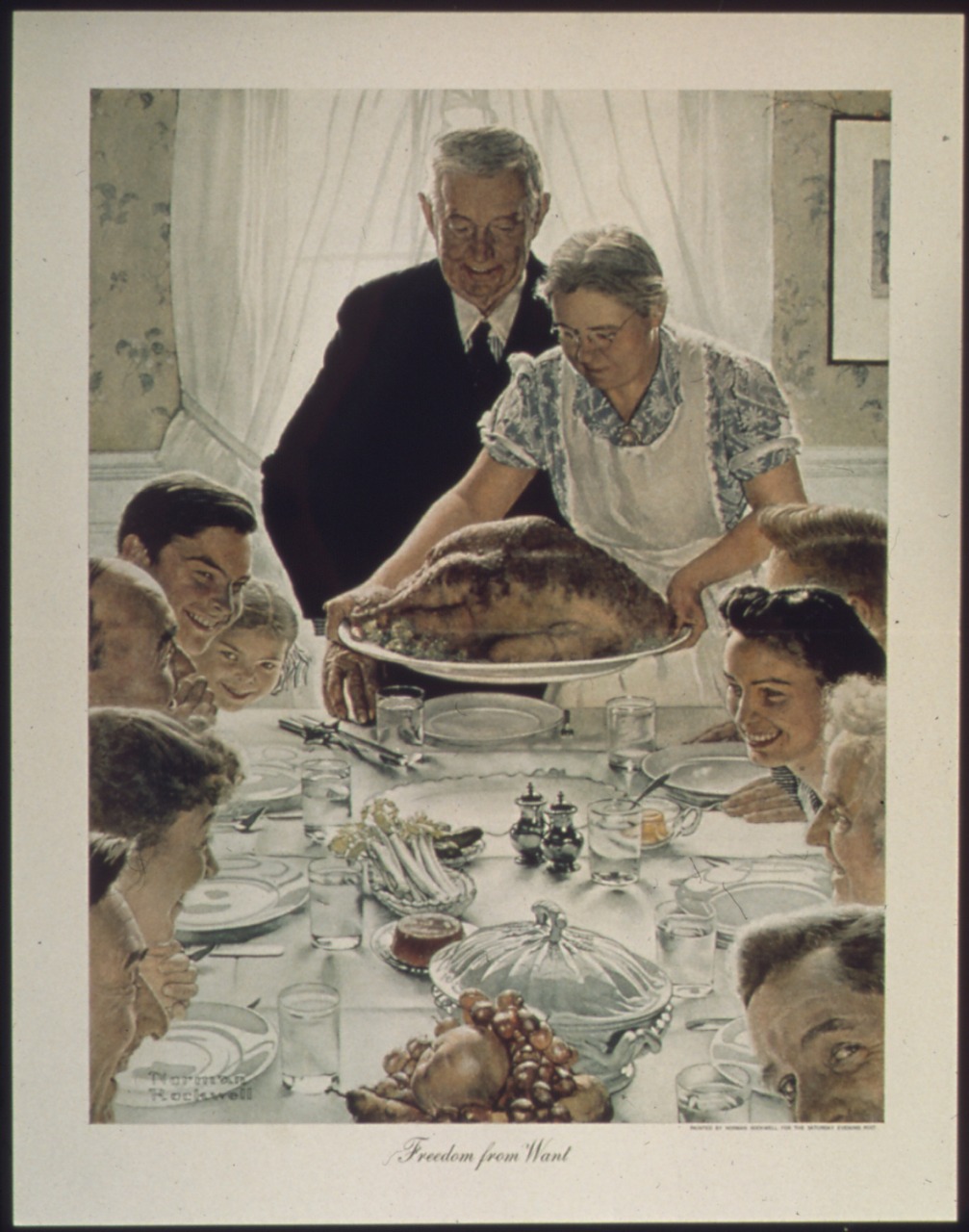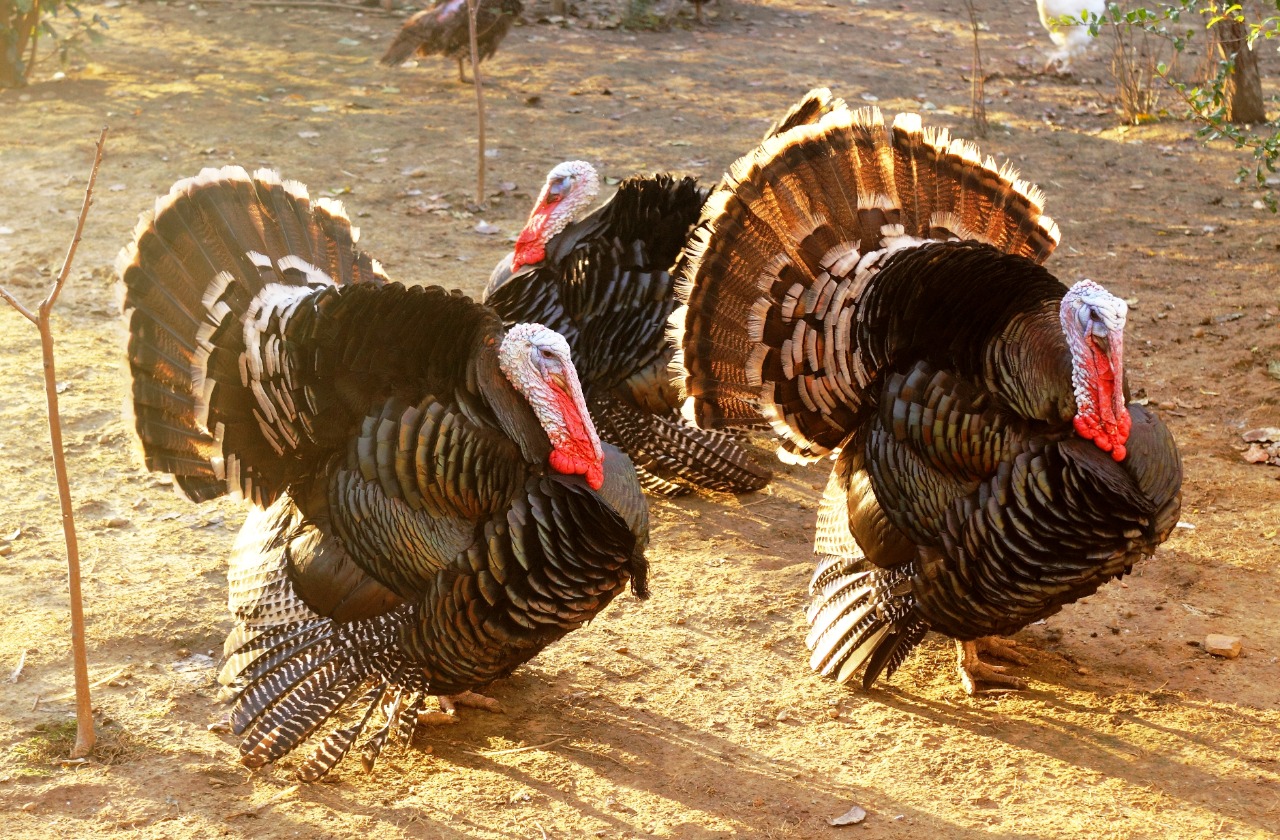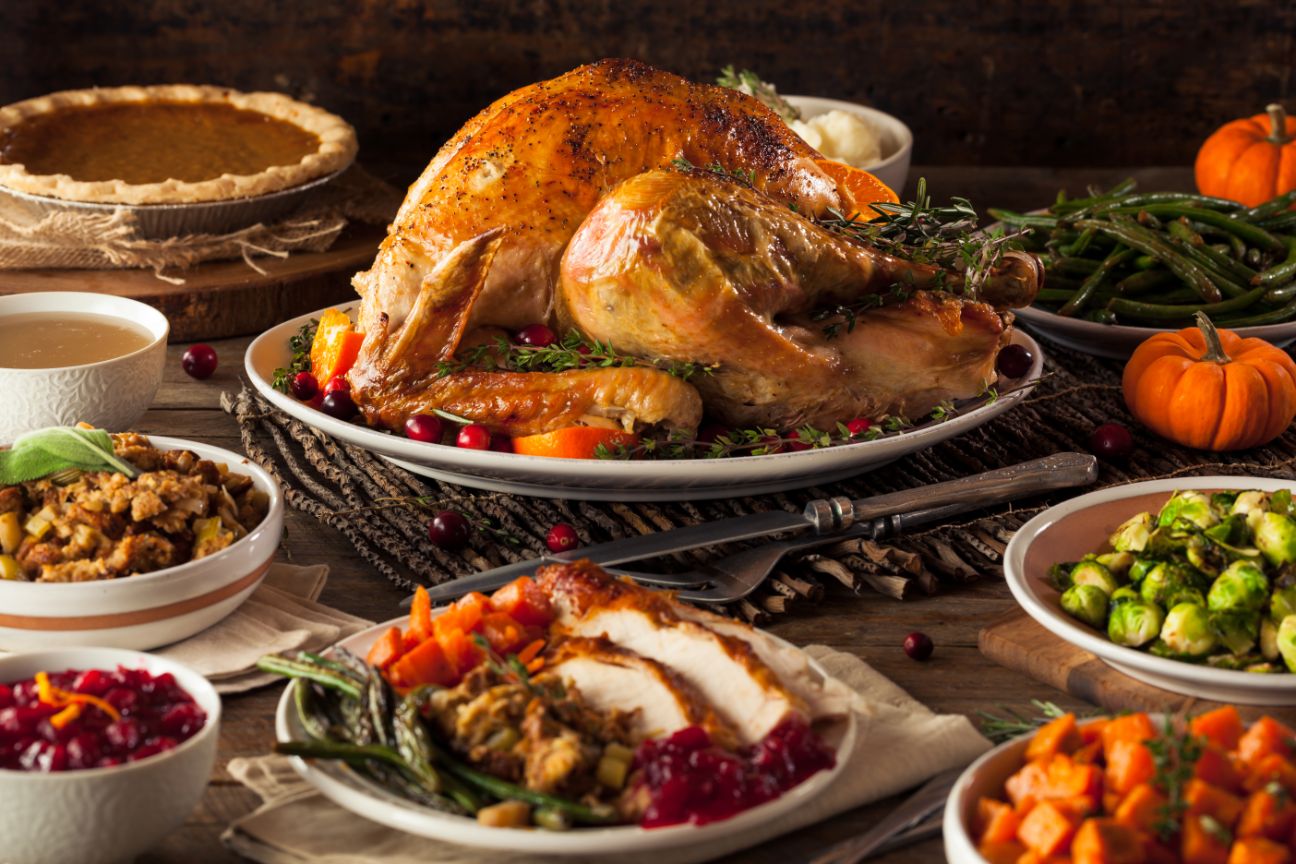Turkeys are the main event at every Thanksgiving Dinner. In this article, we question the why of it all.
Celebrated in several countries, Thanksgiving is perhaps one of the few secular holidays to exist despite its roots in religious and cultural traditions. Thanksgiving is most commonly associated with the Fall Harvest, but the day is synonymous (and eponymous) with giving thanks for all that you’re grateful for. The centrepiece of the holiday, however, isn’t the history or traditions associated with Thanksgiving... it’s the meal.
Thanksgiving dinners have become internationally known despite the holiday being celebrated only in a handful of countries. The meal has become so iconic that people around the world celebrate the holiday partly just for the elaborate meal! Mashed potatoes, cranberry sauce, green bean casserole, and yams are all standard and classic fare at a Thanksgiving dinner table, but the unquestionable star of the show is Turkey. The painting “Freedom from Want”, also known as “The Thanksgiving Picture”, by Norman Rockwell has become emblematic with its depiction of a woman setting down a roasted turkey at a full table.

But why is turkey such a staple of the holiday? Turkey becomes ubiquitous around Thanksgiving time, one look around and you’ll see countless articles about 'What to Do With Leftover Turkey?' et al. It didn’t start out this way. In fact, at “The First Thanksgiving,” the feast between the Pilgrims and Native Americans featured ham, waterfowl, and a wide range of other natively available food. Wild turkey was available, of course, but nowhere near as popular as it is today. Many historians argue about the then existence of turkey as most accounts seem only to mention “fowl”, and the stories for why turkey is traditional vary greatly from one legend to another.

Regardless of historical roots, things changed and turkey became the leading choice for Thanksgiving dinners sometime around the 19th century. At this time, Presidents of the U.S.A. would occasionally declare Thanksgiving Day and it wasn’t even an annual national holiday. Turkey was preferred because it is a uniquely North American bird that was large enough to feed a whole family and then some.
When Abraham Lincoln finally declared Thanksgiving to be a national holiday in 1863, the tradition had found its place at the centre of countless dinner tables. Turkey was considered “special meat”; the birds were reared purely for meat, they were large enough for big extended families, and they weren’t as common as other meats making turkey a special meal for a special occasion. In present times, turkeys are farmed extensively and raised for meat. A grocery store at this time of year is flush with both frozen and fresh turkey to cater to the demand for the large bird. With changing times, the reasons for which turkey made a star appearance every November no longer apply.

Tradition dictates you MUST have a turkey for it to be a “real Thanksgiving meal”, but with people challenging norms and traditions in every facet of life, national holidays aren’t far behind. With veganism and mindful eating on the rise, it’s easy to see that what was once blindly accepted as tradition has changed to represent the need of the hour. People planning dinners for smaller groups are eschewing turkey altogether. After all, isn’t the main idea of Thanksgiving to be grateful? And what can show more gratitude to the people you care about than making the Thanksgiving dinner table an inclusive place meat-eater or not!